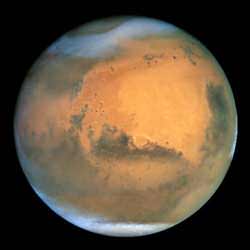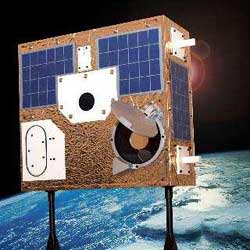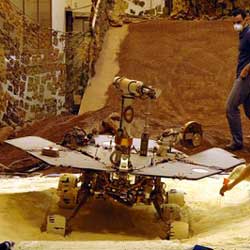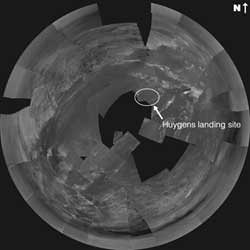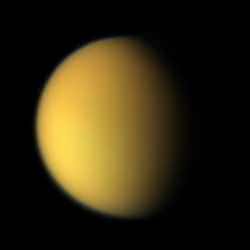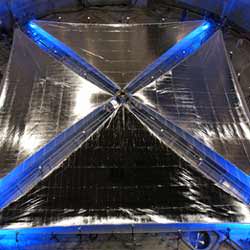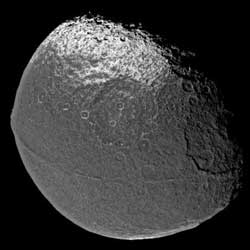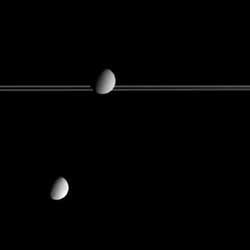
Physics, the study of what we observe, and mathematics, the study of relationships, are intimately intertwined. Often where one goes, the other quickly follows. One may lay the frame work, while the other fleshes out the tone and texture. Roger Penrose, the Emeritus Rouse Ball Professor of Mathematics at Oxford University, has been lecturing since at least the early 1960’s. His passion is twistor theory, an alternative to the contemporary continuous spacetime associated with Einstein’s theory and standard quantum mechanics. Twistor theory and others look to define a grand unifying theory (the math) to combine spacetime, gravity and the probabilistic properties of quanta (the observed).
Penrose in his book, however, doesn’t shove the reader into the deep end of theories without any floatation. Twistor theory, string theory and others reside at the very end. The beginning covers the elemental mathematics. Using qualitative language and expressions such as ‘beautiful’ and ‘elegant’, he relates back to the Greeks and number theory, then on through geometry (similar triangles) and complex numbers (i) to end up with functions. Of course, functions aren’t themselves a destination, they are just a jumping off point for calculus, surfaces, manifolds and spaces. Using all the tricks of the lecturer’s trade, Penrose does an admirable job in delivering knowledge solely from the pages. Diagrams and graphs bring vision to abstract notions of infinite spaces, bundles, n-surfaces and manifolds. Layouts for thought experiments (e.g. photon travel to Titan) convey a simple view to many arguments. Problems sprinkled throughout the book, much like homework assignments, force the reader to delve deeper into certain points of view. And of course, copious references, whether to seminal articles by Newton or recent accounts by today’s researchers, litter the paragraphs and these each trace to expansive notes at the chapter’s end. Given this aid, there certainly is no cause to drown while wading through the complexity of the ideas within.
For yes, the ideas within are complex. Even though no prior knowledge is assumed, some formal training in mathematics or physics would certainly aid the reader. The relative significance and value of Riemann surfaces, conformal mappings and holomorphic functions aren’t readily apparent to the mathematic novice though each has importance. But don’t dismay, for as math is the basis, it isn’t presented for its own sake, rather for its value in contributing to our knowledge of the physics. For example, appropriate math and physics led to the relationship of energy to matter which led to the field of nuclear science. Quantum computing is progressing along the same lines. These are discussed as well as black holes, the dual wave and particle nature of photons, the esoteric nature of gravity and the entropic flow of our universe. For it is the qualities of these elements, such as their reflective or invariant attributes, that must be mirrored in the mathematical relations that model them. Though complex, for those who enjoy this subject, the presentation is invigorating, well paced and thorough.
There is, however, an admitted touch of bias in that Penrose is more contradictory than supportive when it comes to the direction taken by some of today’s researchers. He is certainly not supportive of string theory. He recites many short comings of this as well as his own favourite, twistor theory. Other theories get their comeuppance. In a philosophical section, he goes so far as to contemplate reviewing the current bases for modelling the physics or re-examining the meaning of reality. This is perhaps where the title of the book originates, but still the title seems a bit out of place. The theme of a road never appears in the book, nor is that of reality much included. This book does, however, provide a great mathematical basis for pursuing the investigation of physics. It doesn’t shirk from raising difficulties, dead ends or complete unknowns. With the citations and the progressively more current subject matter, a reader can easily dive in to learn more or maybe to select an area to make their own contribution.
A grand unifying theory is a bit of a holy grail for some mathematicians and physicists. Continual progress is trumpeted through the journals and maybe the theory is just around the next corner. To be prepared for this, or to perhaps consider making your own contribution, read The Road to Reality by Roger Penrose, a smoothly written, finely scoped book showing the contributions that math is making in this and other searches of the physics of nature.
Read more reviews or purchase a copy online from Amazon.com.
Review by Mark Mortimer.

